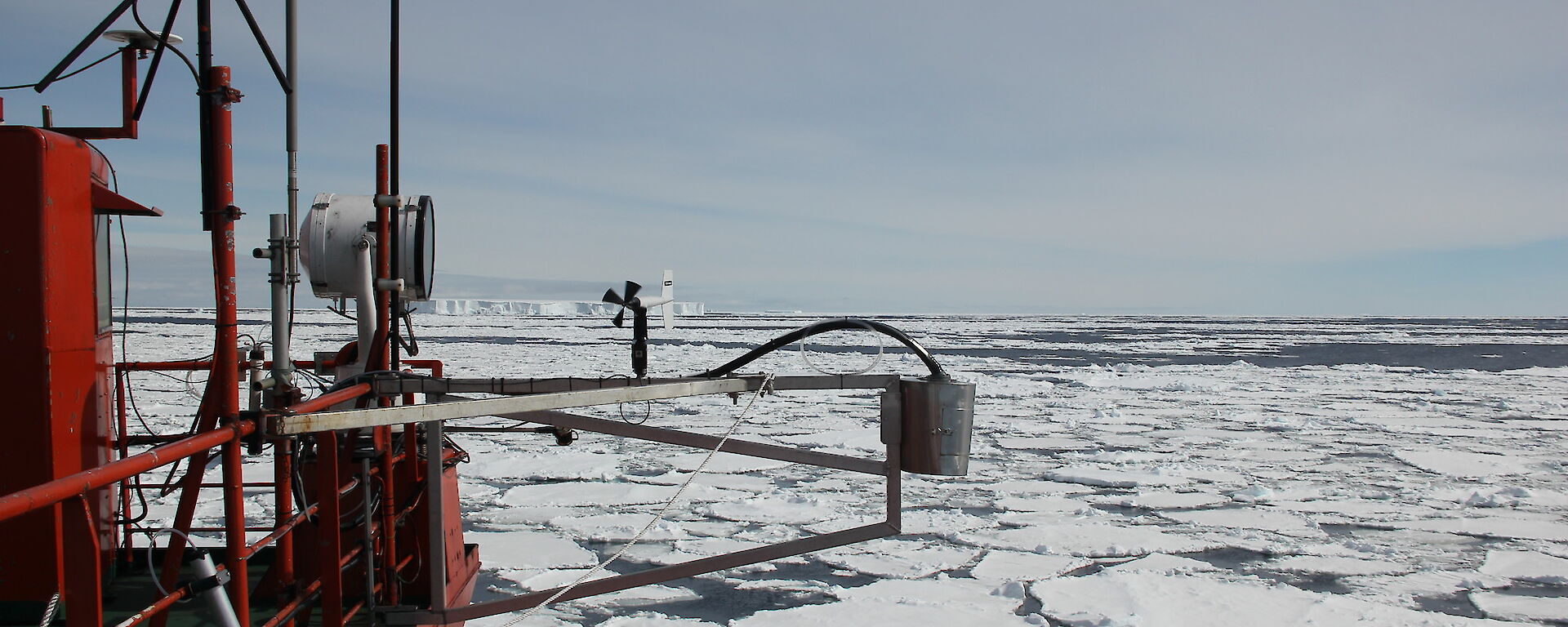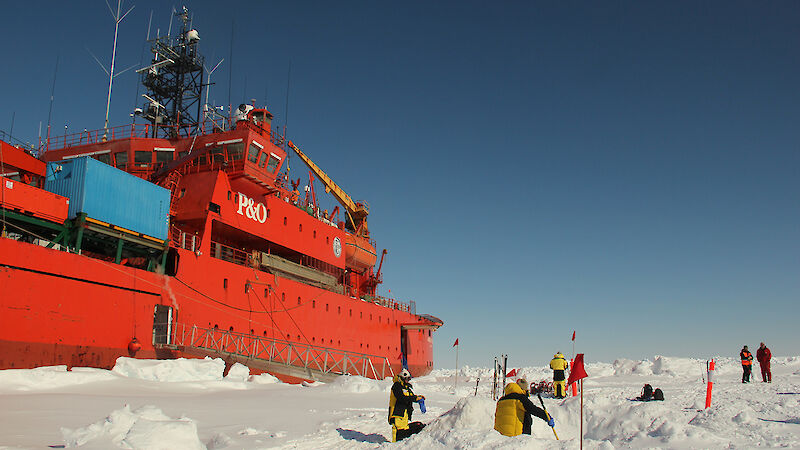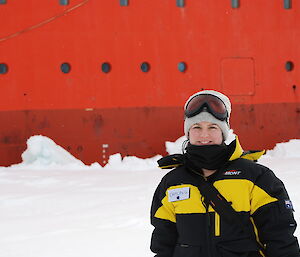Scientists have found evidence that certain bacteria can convert mercury into the neurotoxin methylmercury in Antarctic sea ice.
The discovery, published in Nature Microbiology by an international team led by PhD student Caitlin Gionfriddo and Dr John Moreau of the University of Melbourne, is the first to show that sea ice bacteria are capable of converting mercury into a more toxic form.
“Mercury is a heavy metal pollutant that is released into the atmosphere through volcanic eruptions, bushfires and human activities such as gold smelting and burning fossil fuels,” Ms Gionfriddo said.
“Our study shows that atmospheric mercury deposited onto sea ice and seawater can be methylated by microbes.”
While this process could contribute to the ‘bioaccumulation’ of the neurotoxin in the Antarctic marine food web (where predatory organisms accumulate mercury [mostly methylmercury] contained in their prey), other studies have shown that both Antarctic krill and toothfish contain low levels of mercury, considered safe for human consumption.
Ms Gionfriddo collected sea ice, snow, brine and seawater samples for the study* during the Australian Antarctic Division’s Sea Ice Physics and Ecosytem eXperiment-II voyage in 2012 (Australian Antarctic Magazine 23: 4, 2012). The samples were analysed for different forms of mercury at the United States Geological Survey in Wisconsin, while DNA and proteins from sea ice microorganisms were studied at the University of Melbourne and the Lawrence Livermore National Laboratory in California.
The team found slightly enriched concentrations of mercury and methylmercury in sea ice compared to seawater, consistent with atmospheric deposition of mercury and subsequent methylation within the sea ice.
The team also confirmed the presence of a marine bacterium, Nitrospina, carrying genes that allow it to convert mercury into methylmercury.
No-one really understands why some bacteria produce methylmercury. However, Dr Moreau said their presence in sea ice suggests they could play a role in forming the methylmercury observed in the oceans worldwide.
The study highlights the importance of reducing mercury contamination in the environment.
“Some people think that because the Southern Ocean is so far removed from industrial contamination in the northern hemisphere that it’s less of a problem,” Dr Moreau said.
“But geographic isolation seemingly provides no protection from human-made and natural toxins.”
Wendy Pyper
Australian Antarctic Division
*Australian Antarctic Science project 4032




